Agriculture is a major component of the Indian and Delhi economy. It accounts for 17% of the National GDP and 50% of the workforce. India exported $39 billion worth of agriculture in 2013, making it the 6th largest net exporter. Agriculture in Delhi suffers many problems however, primarily concerning soil and water quality and quantity, produce dispersion, and depleting land availability.
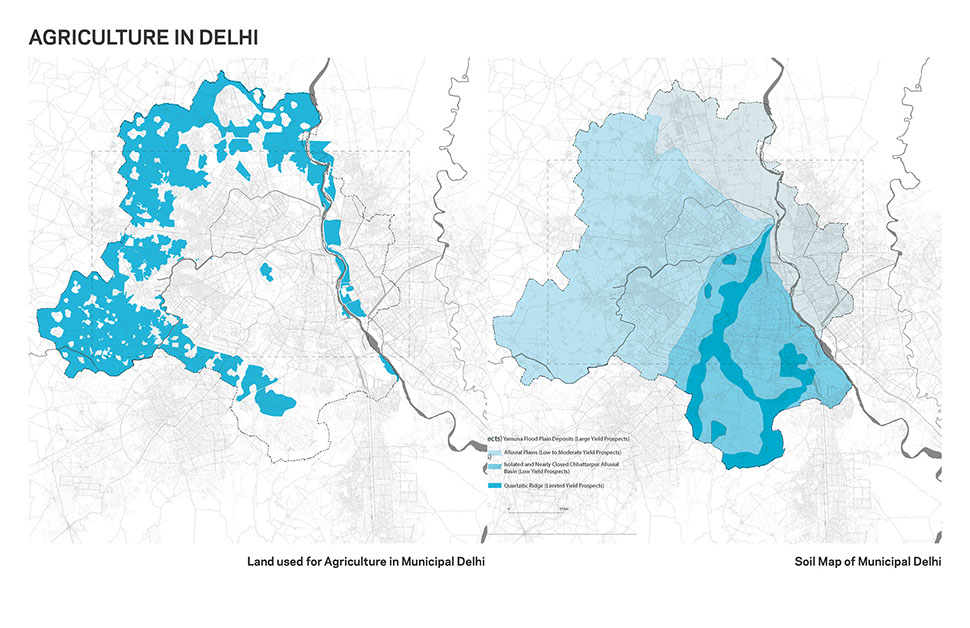
While the highest quality soil lies along the Yamuna, limited access to the river dictates that most agricultural production occurs along the periphery of the city, in lower quality soil.
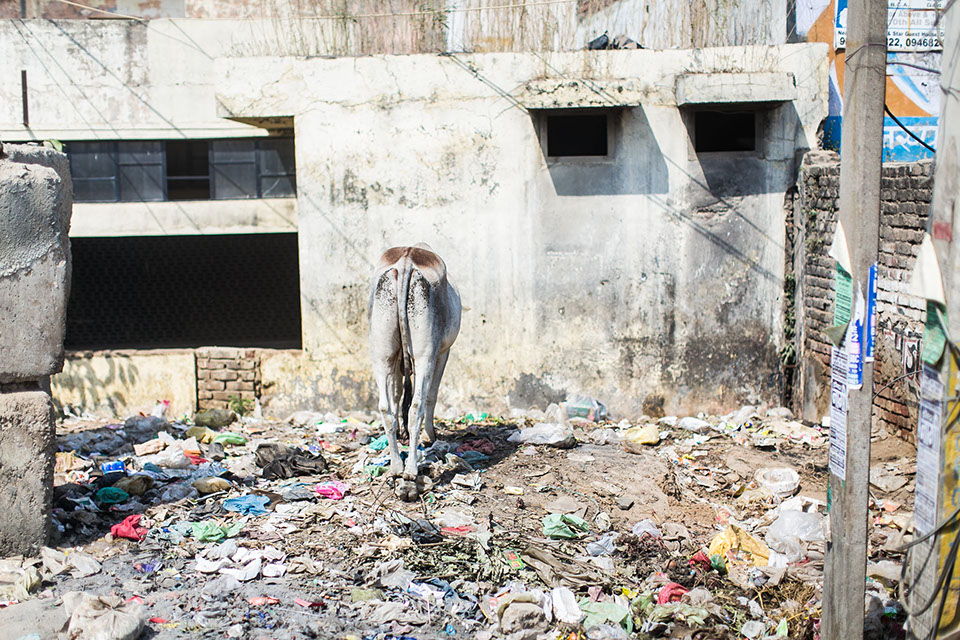
The soil of Delhi is highly contaminated with heavy metals and pesticides as a result of industrial effluents, untreated sewage water and vehicular emissions. This creates concern for crop production and food safety. Conversely, contamination of soil through agricultural pesticides, fertilizer residue, and farmland waste creates unhealthy runoff, contaminating the water of the Yamuna and the Najafgarh drain.
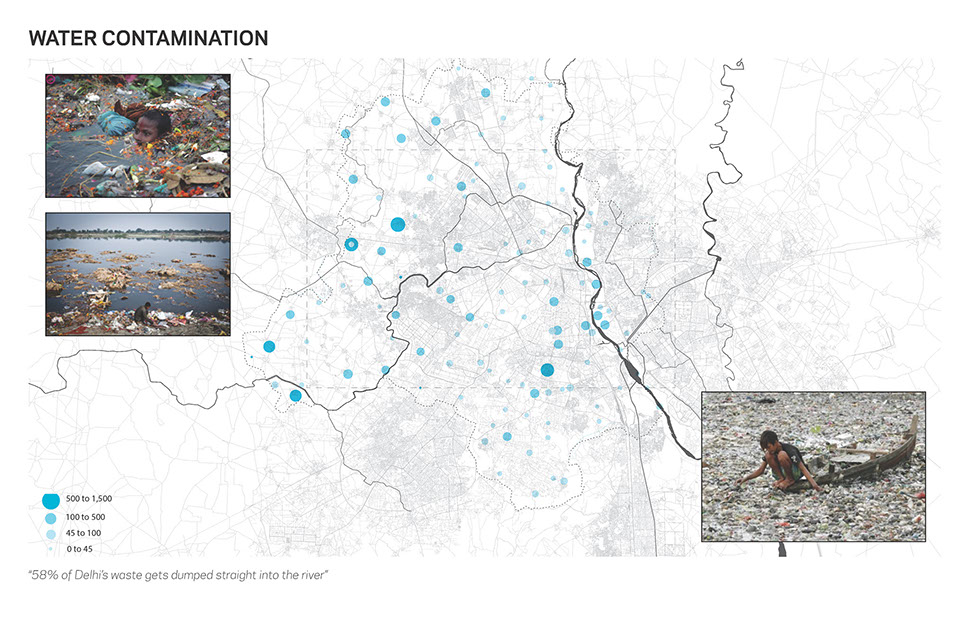
The amount of fecal coliform (bacteria available in human and animal feces) has grown by as much as 30 times. A highly concentrated amount of this nitrate correlates to the areas in which agriculture is most present.
In Delhi, the groundwater table declined between 2 meter and 20 meters. A thick layer of sludge settled that has settled at the bottom of the Najafgarh and Yamuna prevents the water bodies from replenishing ground water. This is a highly concerning for farmers, as groundwater is a primary source of irrigation for crops.
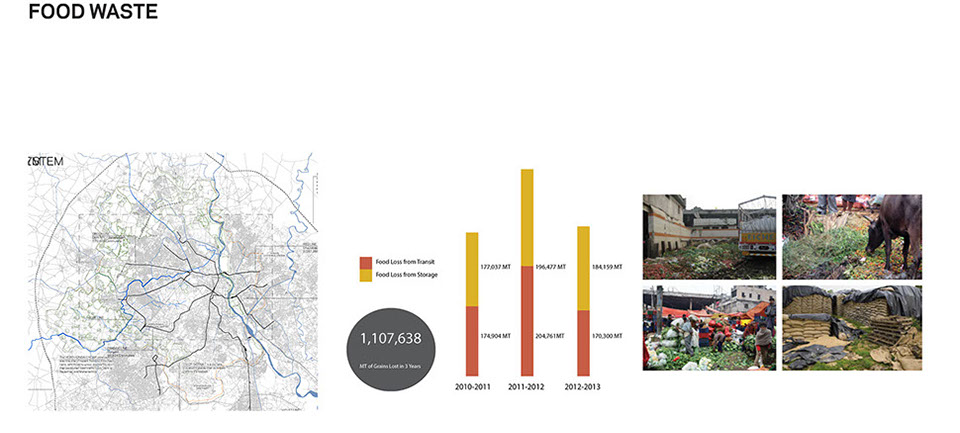
Food first gets distributed to major wholesale markets and then sent to smaller vendors. Produce can be traded as many as 4-5 times before finally reaching the consumer, which greatly increases the cost and inefficiency.
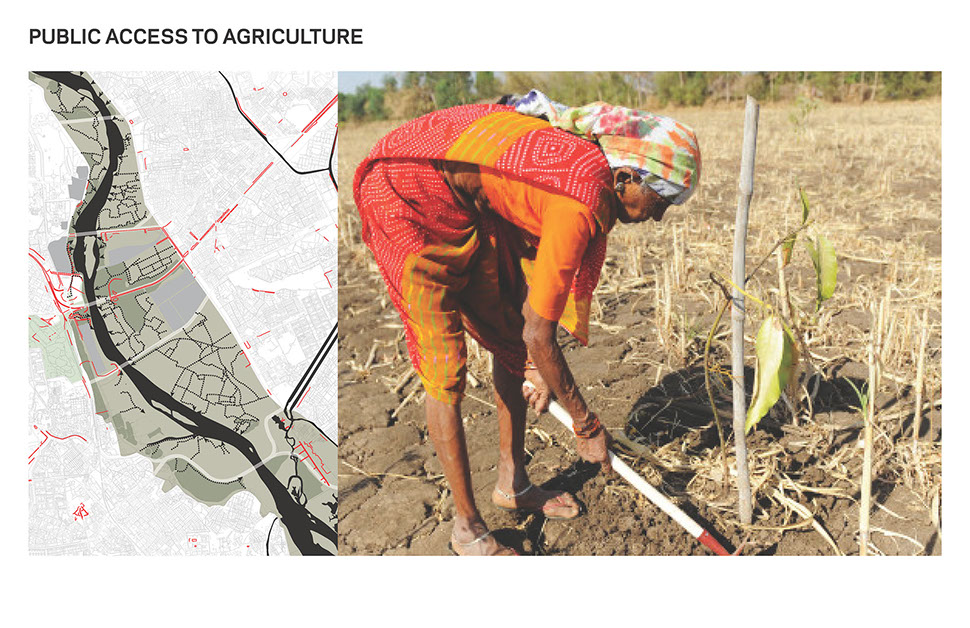
Poor transportation systems and lack of appropriate storage facilities increases the possibility of food waste. 16 million tons of Indian-grown grain is lost annually due to spoilage. This is a major waste of water and a primary issue concerning the health and malnutrition of the Delhi population.
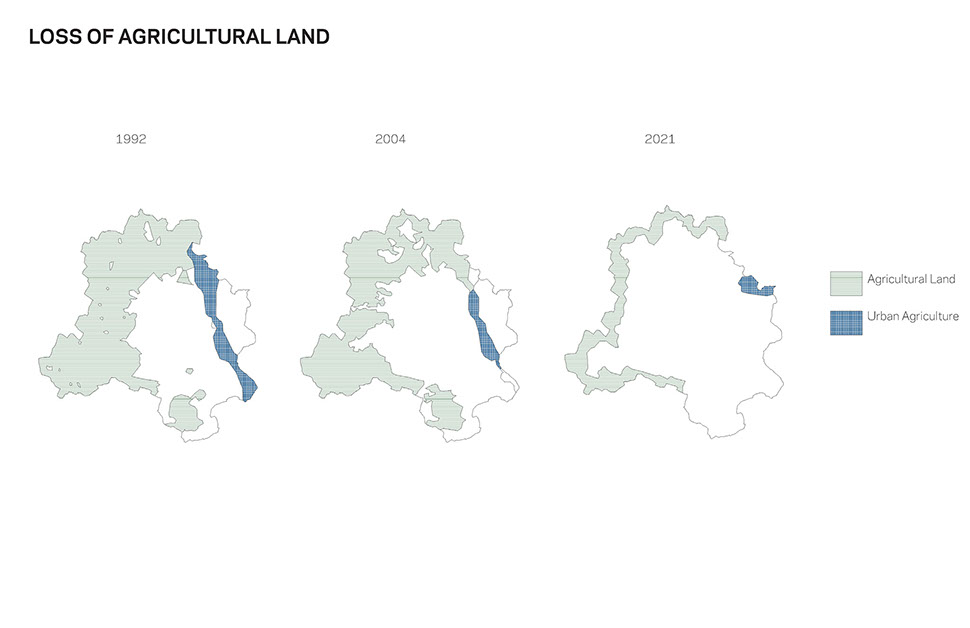
Approximately 7000 farmers reside along the shores of the Yamuna. This community dates back for generations, however it is still not recognized by the government and holds no legal rights to the land they cultivate. This makes them highly vulnerable to the threat of eviction as well as the natural threats of the monsoon floods. While closer proximity to urban markets generate higher profit, their unregulated status and relationship to the toxic river means the crops are a potential health hazard.
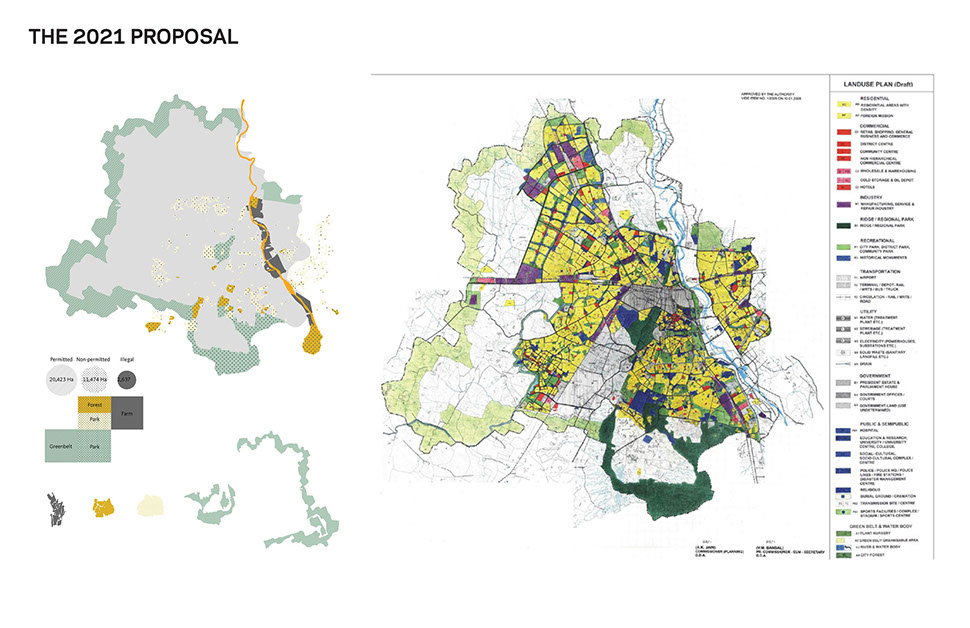
DDA 2021 Master Plan for Delhi.





